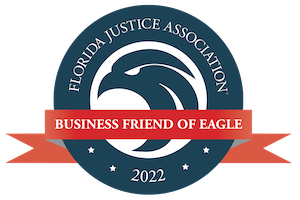Facemasks in the Courtroom
Throughout the course of any interaction, we are constantly gathering tons of information about the person with whom we are talking. For example, we will obviously pick up on the content of what they are saying, but there are many other subtleties in body language and tone that can significantly affect the message that a person conveys.
Some of these subtleties, known as micro-expressions, are critical for understanding. In fact, this topic has recently come under close scrutiny due to the necessity of using facemasks in the court room.
The Importance of Facial Expressions
For years, researchers have been studying macro and micro-expressions as they relate to communication and trustworthiness.
Macro-expressions are fairly easy for anyone to spot. These facial movements can last as long as 4 seconds and tend to correspond with the topic of conversation as well as the tone expected of the conversation in question.
Micro-expressions, on the other hand, are a whole different ball game. These facial movements are fleeting, typically lasting less than a half of one second. Further, they can demonstrate feelings about a topic which are below the level of consciousness. i.e. the person who produced the micro-expression may not even realize they feel a certain way about a topic without some deeper examination.
Issues and Benefits Concerning Micro-Expressions
Because micro-expressions happen so quickly, they can often lead to misinterpretations and misunderstandings. It can be very difficult for the human eye to process such quick, transient movements correctly. However, this doesn’t make micro-expressions any less valuable.
These expressions are still an integral part of our conversations, even if we can’t specifically identify a micro-expression in real time. Through the use of computer analysis, researchers have seen the potential of further study on micro-expressions both in isolation and when combined with macro expressions. For example, a hypothetical man might smile when he hears that a friend got engaged. However, further analysis of his micro-expressions may tell a more complicated story.
Facemasks and Expressions
In the era of facemasks and COVID-19, we lose a large part of the face for analysis of macro and micro-expressions during conversation. Of course, we still have the content of what a person is saying, their tone, and much of their body language. But not being able to see their mouth affects our ability to determine their trustworthiness and honesty more than one might think.
In a related instance, a recent federal court case made headlines when the judge ordered that all witnesses must wear transparent facemasks while testifying. While this is not a perfect solution to address the issue of reading witnesses’ faces, it helps to satisfy current courtroom safety requirements while also allowing some measure of facial expression analysis.
Moving Forward
How will the issue of masks affect court cases in the future? Perhaps mask mandates will remain in effect for a longer time than we imagine. If this is the case, lawyers and jurors are going to have to develop excellent means of assessing trustworthiness in witnesses and defendants without full analysis of their micro-expressions.



